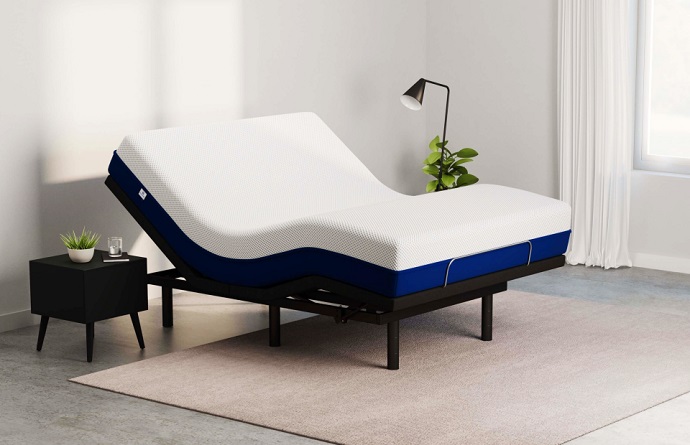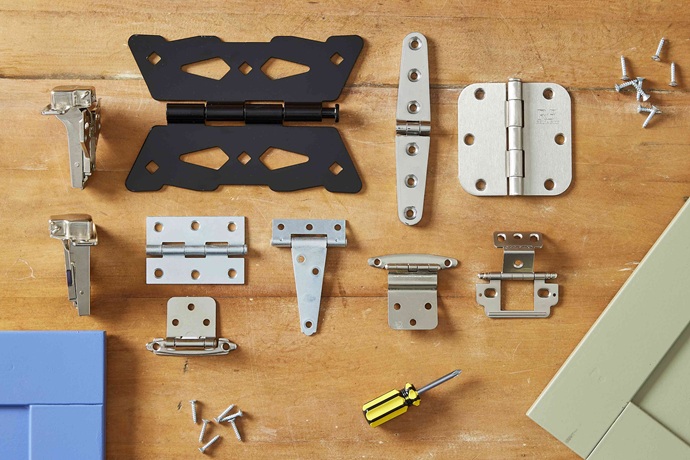A good night’s sleep is a necessity, not a luxury. Experts say that ongoing sleep deficiency can lead to an increased risk of high blood pressure, heart disease, kidney disease, diabetes, stroke, and obesity. That’s precisely why finding the right mattress and pillow is such a big deal. Using an ill-fitting pillow can not only turn your sweet dreams into nightmares, but it can also trigger or worsen headaches, neck pain, shoulder and arm numbness. So, if you’re experiencing some or all of these problems, you might want to consider replacing your old headrest with a brand new one. Read on to find out how to make the perfect pick.

When it comes to choosing the ideal bed pillow, you should base your decision on your sleeping style. So, if you are a back sleeper you need a thinner headrest so your head isn’t thrown too far forward. Your pillow should also have extra loft in the bottom third to cradle your neck. Sleep experts say that bamboo memory foam pillows are a great option for the ones who sleep on the back because they mold and adjust to the shape of their user’s head and neck, thus reducing pressure points. Bamboo memory foam pillows are also hypoallergenic, which means that they are resistant to dust mites and other bacteria that can cause allergies. Memory foam pillows are also suitable for those who have neck and spinal problems for these headrests distribute weight evenly.
If you sleep on the stomach, you must know that this is an extremely stressful position for the back and neck. That’s exactly why your bed pillow should be relatively flat. Some physical therapists say that stomach sleepers can sleep well without a pillow, i.e. with their head placed directly on the mattress. I advise you to try both of these options before you make up your mind.

A side sleeper needs a firm pillow to help bridge the distance between their ear and their outside shoulder. Wool and cotton pillows tend to be quite firm and are hypoallergenic, but latex headrests are the firmest pillows of them all and they are often contoured for neck support.
I would like to end this article by informing or reminding you that headrests should be replaced every 12 to 18 months because they can be filled with dead skin cells, mold, and dust mites, which are illness and allergy triggers.



















